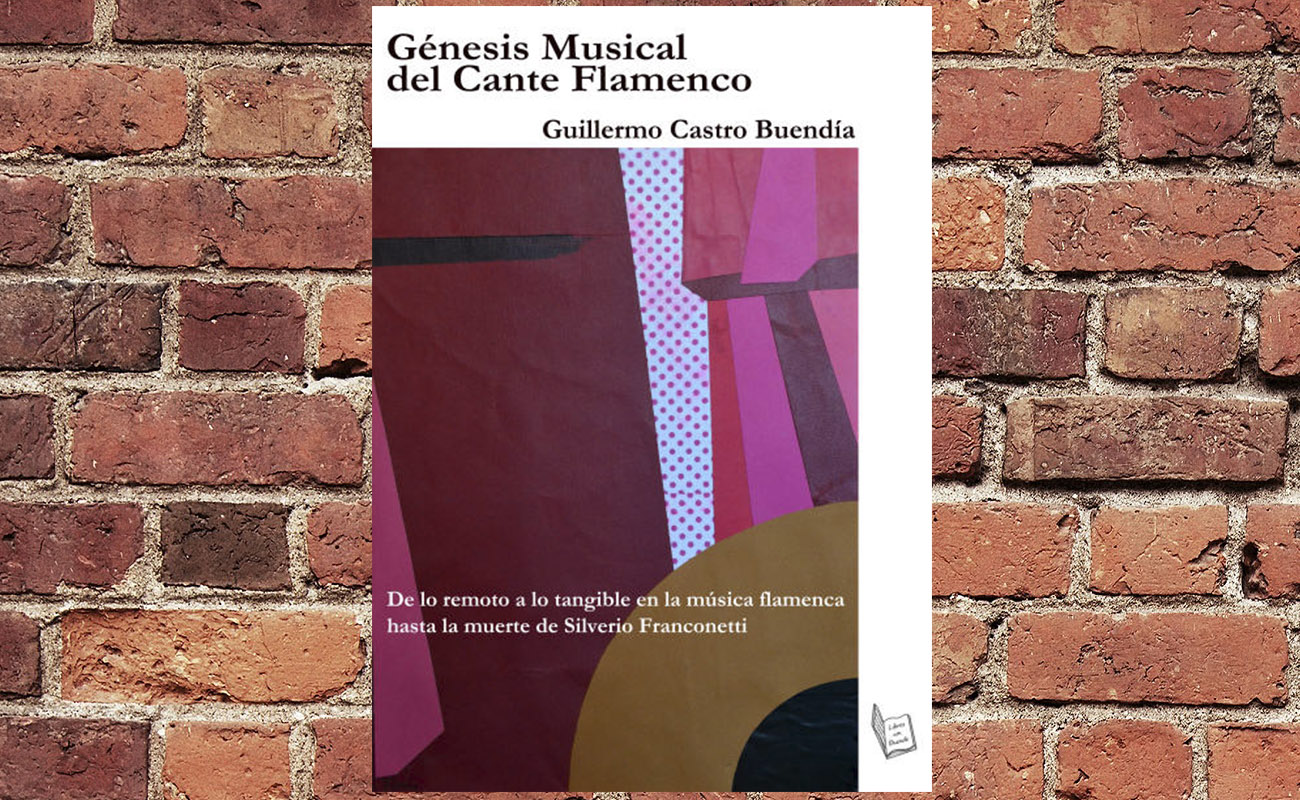Hats off to this book
Many years ago I wrote that the task of musically analyzing the palos of flamenco was something that should be done by musicologists, yet very few flamencologists were (or are) musicologists. Thus, almost everything written on this matter has dubious credibility. There has been more (and better) research in the last two decades that in the previous one hundred and

Many years ago I wrote that the task of musically analyzing the palos of flamenco was something that should be done by musicologists, yet very few flamencologists were (or are) musicologists. Thus, almost everything written on this matter has dubious credibility. There has been more (and better) research in the last two decades that in the previous one hundred and fifty years. The most complete study about flamenco palos, so far, has been edited this year by Castro Buendía: “Génesis musical del cante flamenco”, a treatise of almost two thousand pages. Castro Buendía, born in Madrid in 1973, is a Doctor in Art History, with a bachelor’s degree in classic guitar. He’s also a lover of flamenco, which caused him to undertake, many years ago, the fascinating and risky adventure of researching flamenco music, gathering thousands of news in libraries and archives, and analysing hundreds of old music sheets. That was the only way to shed light in a complex and complicated matter, such as the origins of flamenco palos. We can’t say that this important analysis and research work is definitive, but it’s certainly the best and most complete. It was high time that the flamenco analysts went beyond the historically known works, those by Estébanez Calderón, Demófilo or Mairena and Molina, who attributed everything to the gypsies of the XIX century. The studies published by those authors have become old and obsolete, although some people still lean on them to give credibility to their own preaching. What I like most about Buendía’s monumental work is that it doesn’t take sides, but always relies on an almost undisputable documentation. He shows what has been written until now and analyzes some music sheets that reveal wonderful things about the musical origins of the different flamenco palos, many of which proceed from the rich treasure of Spanish music and Andalusian folklore. However, it must be said that occasionally the book makes little distinction between folklore and the true cante jondo. It analyses some artists that were not flamencos, but plain singers, tenors or sopranos, even as they sang palos such as the punto cubano, the peteneras, the seguidillas castellanas or the guajiras cubanas, which, before becoming flamenco styles, were originally Spanish, Andalusian, and even Mexican, Argentinean, Cuban or Uruguayan styles. This great work by Buendía, which we recommend without hesitation, will one day be completed by other studies with a deeper analysis of the artists and they relationship with the palos of cante. We are referring to historical personalities such as el Planeta, Frasco el Colorao, Manolillo el Maestro, el Fillo or Silverio, even as we lack audios of their cantes. For a treatise of this kind to be better understood by the lovers of cante and of flamenco in general (non-musicologists) it’s essential to know the origins of these cantaores, to know where they went, and what they left behind. Sadly, considering the limited musical knowledge of aficionados and artists, this work would be better valued by musicians, probably the guitarists, and also by those interested in the origins of lyrics, and in flamenco’s influence in other music styles around the world. Buendía, Faustino Núñez and the Hurtado brothers still have a lot of work to do. Other musicologists and historians in the future will have available to them works like this, so that other studies ahead will be a consequence of this treatise. It’s impossible to analyze in such a restricted space the true value of such great work. That would require another book, or a whole congress of specialists. In my opinion, with due credit to what has been published by other analysts, Génesis musical del cante flamenco is a work deserving every praise. Hats off. A compás, of course.




